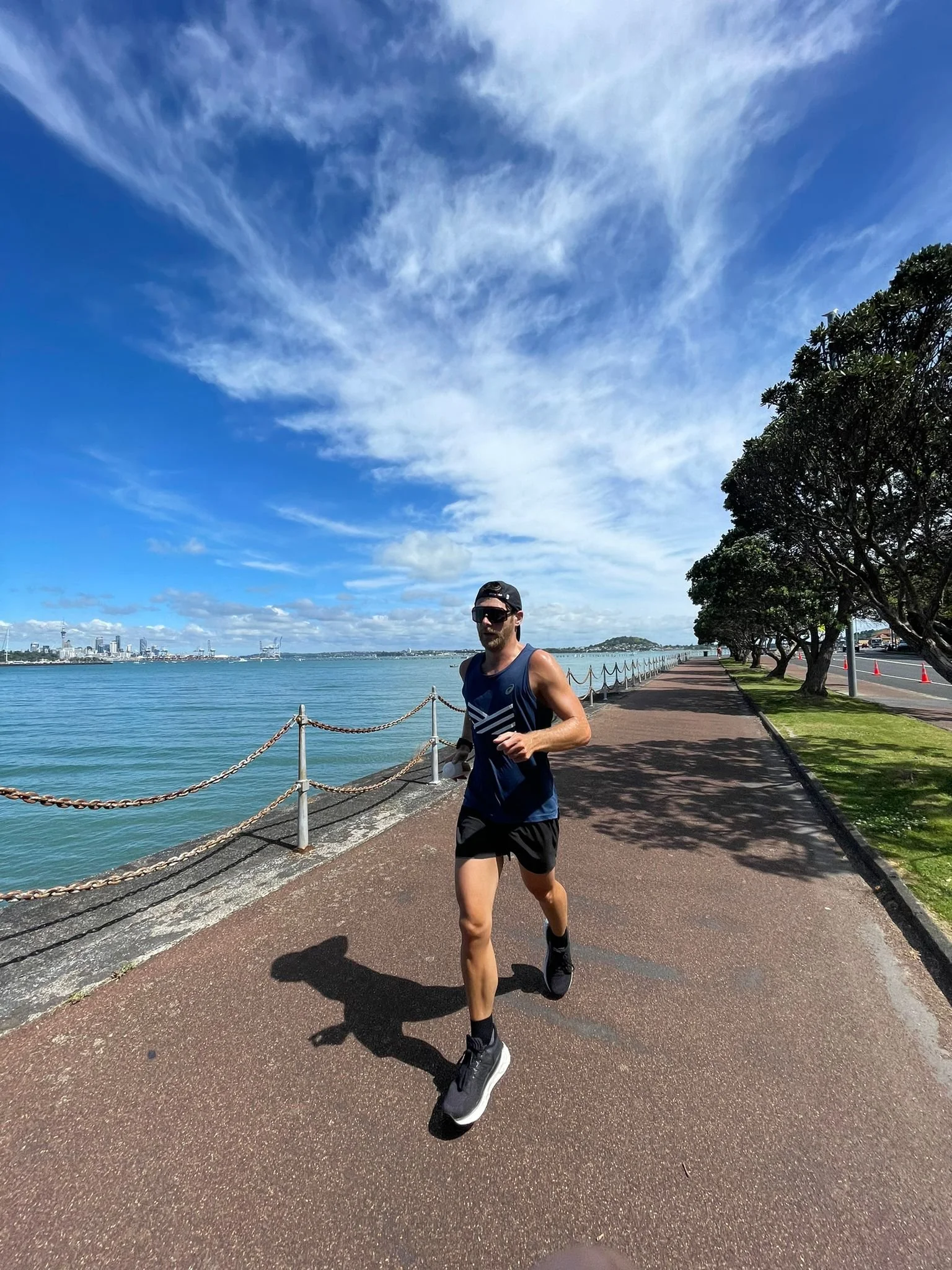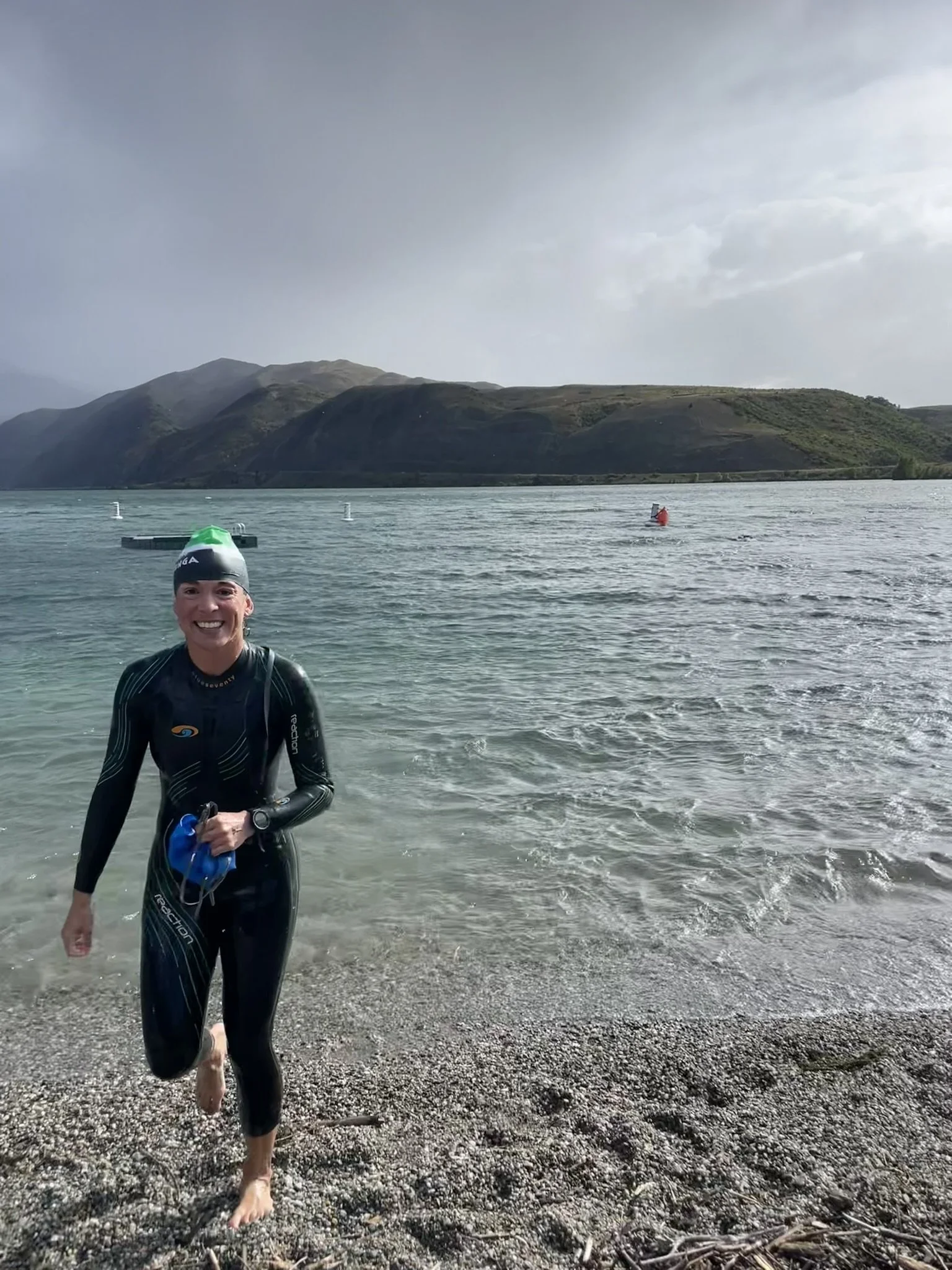Building Your Base: Why Aerobic Fitness Matters
When most triathletes think about getting faster, they often picture tough interval sessions, race-pace efforts, or smashing it on the bike. But real, lasting performance gains don’t start with speed, they start with your base.
Aerobic fitness is the foundation of endurance sport, and whether you're aiming to complete your first sprint triathlon or chasing a new Ironman PB, building a strong aerobic base is essential to your progress.
Here’s why your base matters, how to build it, and what it means for your long-term performance.
What Is Aerobic Fitness?
Aerobic fitness refers to your body’s ability to take in, transport, and use oxygen efficiently during sustained activity. It’s what allows you to run, ride, or swim for long periods without fatigue setting in too early.
In other words, your aerobic system is your endurance engine and the more developed it is, the longer and stronger you can perform.
Why the Base Phase Is So Important
The base phase of training (typically the first 8-12 weeks of a season) focuses on gradually building aerobic capacity, efficiency, and durability. Skipping this phase or rushing into intensity too soon can lead to injury, burnout, or plateaus.
Here’s what a well-built base gives you:
Better Fat Utilization: You'll spare glycogen and rely more on fat for fuel, crucial for long races.
Increased Capillary Density: More blood vessels feeding your muscles = more oxygen delivery.
Improved Efficiency: Your body learns to do more work with less effort.
Faster Recovery: A stronger aerobic system helps you bounce back quicker between sessions.
Injury Resistance: Gradual volume builds strength in muscles, tendons, and ligaments.
How to Build Your Aerobic Base
You don’t need to train hard to train smart. The key to building your base is consistent, lower-intensity training. Think Zone 2 efforts; easy, steady-state work that feels manageable and leaves you with something in the tank.
Training strategies include:
Long, Easy Runs and Rides: Keep the intensity low and duration gradually increasing.
Frequent Aerobic Sessions: Training 5-6 days a week, even with short workouts, builds momentum.
Swim Drills and Technique Work: Use this time to refine form without the pressure of speed.
Progressive Overload: Slowly increase volume (not intensity) week by week.
Important: Trust the process. Aerobic adaptations take time, but they’re powerful and long-lasting.
What About Intensity?
Some intensity is fine, especially short strides, drills, or occasional tempo work but the bulk of your early-season training should be aerobic. Think of it like building a pyramid: the broader the base, the higher you can build the peak.
Adding too much speed too early is like putting a roof on a house before the walls are up.
Signs of a Solid Aerobic Base
You can hold a steady pace for long durations without spiking heart rate.
Your recovery heart rate improves.
Your pace or power at the same heart rate increases over time.
You’re feeling stronger, not just fitter.
Aerobic Fitness = Race Day Confidence
The real magic of a strong aerobic base is how it shows up on race day. Whether you're climbing hills on the bike, holding form in the final kilometre of the run, or pacing a long-course race, aerobic fitness gives you the stamina, control, and resilience to finish strong.
Final Thoughts
If you want to go fast, you first have to go slow; consistently, patiently, and with purpose. Aerobic fitness isn’t flashy, but it’s the single most important part of becoming a better triathlete.
Invest in your base. You’ll thank yourself when race season rolls around with faster times, fewer injuries, and more confidence in your ability to go the distance.

